Investigating Gibson’s ‘lost’ Jimi Hendrix model – the electric guitar based on what Hendrix would have played in 2009 had he been alive
Previously unseen factory photos offer a glimpse at the cancelled imaginary signature model
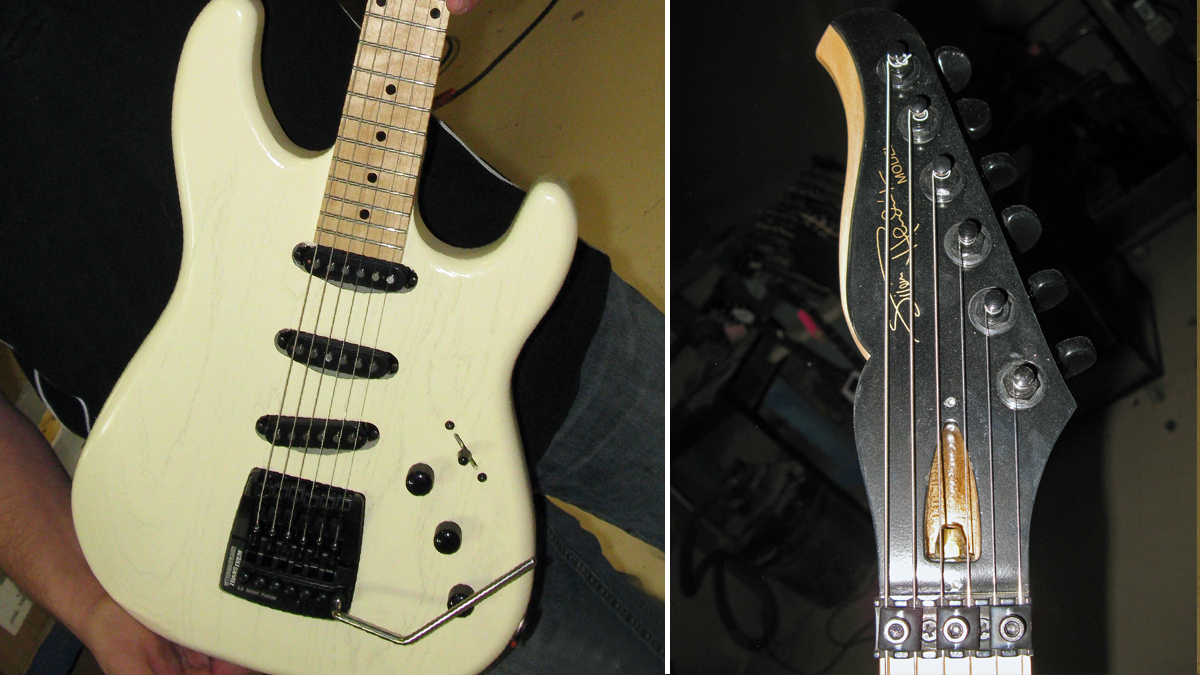
When guitar companies launch new models into the world, it can be difficult to predict how they’ll be received. But it’s fair to say few product launches received the same level of backlash as Gibson’s Authentic Hendrix line.
Back in 2009, long before John Mayer sparked controversy with the PRS Silver Sky, Gibson partnered with Authentic Hendrix to launch its own take on Fender’s Stratocaster, with Hendrix’s name splashed all over the headstock and pickguard.
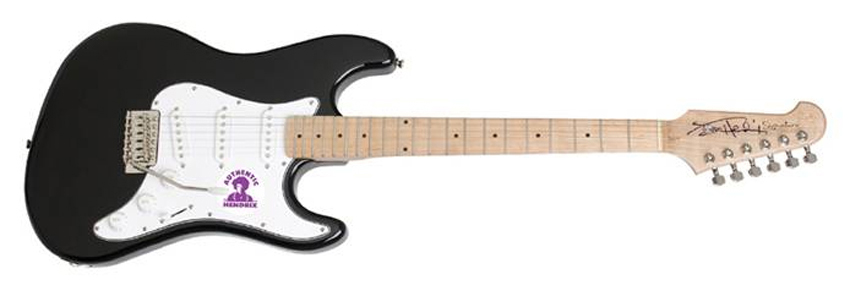
Three models were launched, all of which came in beginner guitar packages, accompanied by a Max Feedback or Voodoo Child amp, as well as an instructional DVD, tuner, and all the Jimi-branded accessories a fan could possibly want.
Although the range was tantamount to sacrilege for die-hard Hendrix fans, Gibson did include some Jimi-specific details. The bridge single coil was angled, as per Hendrix’s upside-down right-handed Strat, and accordingly, the legally-distinct-from-Fender headstock was reversed, too.
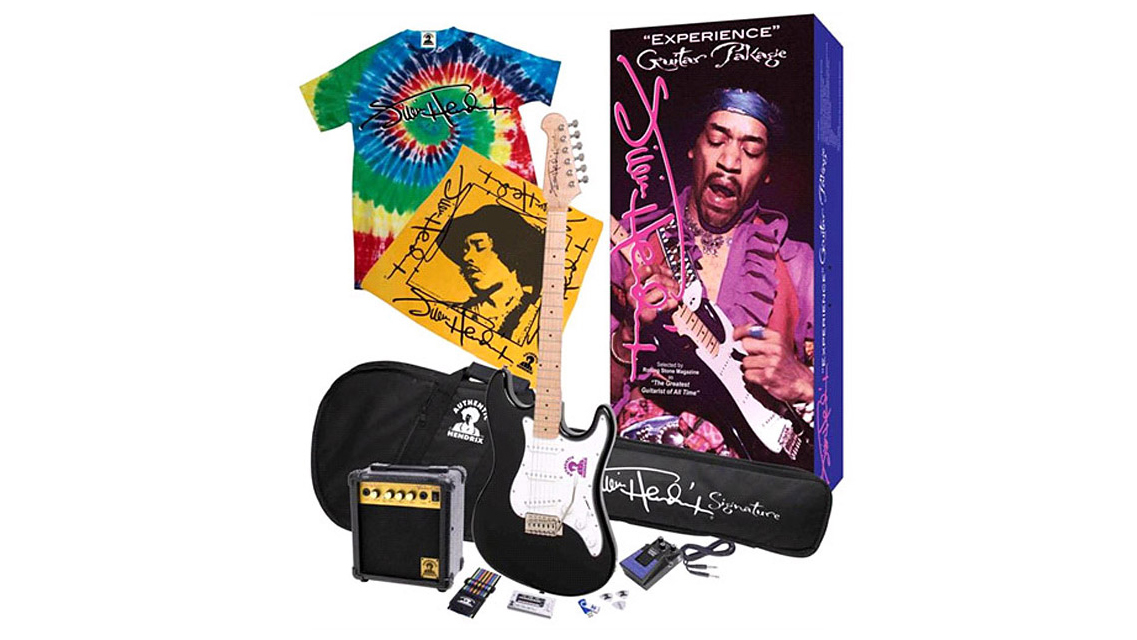
According to Pat Foley, Gibson’s Entertainment Relations rep at the time, the project began as recreations of Hendrix’s Flying V and SG, but Gibson’s upper management – then under the controversial leadership of CEO Henry Juszkiewicz – had other ideas… especially given Fender had recently lost a trademark case surrounding the Stratocaster.
When Gibson triumphantly heralded the guitars as “the ultimate tribute to the greatest guitarist who ever lived” in September 2009, guitar players begged to differ. In fact, internet commentators were so incensed that within mere days of the launch, Gibson pulled all references to the line from its website. Thankfully, articles covering the announcement – including GW’s own – still exist.
When news of the project’s cancellation reached Gibson’s factories, production of the new guitars was already well underway, yet very few completed models have surfaced since.
Get The Pick Newsletter
All the latest guitar news, interviews, lessons, reviews, deals and more, direct to your inbox!
Back in 2019, one Gibson Hendrix electric found its way onto Reverb, and was promptly snapped up by YouTuber Trogly (of Trogly’s Guitar Show fame), who posited that three completed models were likely to exist, one for each of Gibson’s starter packs.
But the Hendrix and Gibson collaboration went further than just reproducing their own versions of Jimi’s onstage guitars. At the time of the launch, Janie Hendrix, Jimi’s sister and CEO of Authentic Hendrix, claimed the starter models were “just the tip of the iceberg” and pointed towards “a whole line of Jimi-inspired instruments” – and, indeed, one final guitar design was in the works.
While the Strat-a-likes were being assembled in South Asia, Gibson was quietly working on a high-end model for production in its flagship Nashville factory.
The design of this mythical fourth Hendrix model was unusual in that it wasn’t based on any guitar Jimi had ever played; rather, it was inspired by what employees thought he would want from a guitar were he alive at the time.
In the years since, shots of boxes of unused necks and bodies surfaced – many of which were shared via Gibson’s own blog – but like the rest of the Hendrix project, the guitar was canned, so it was assumed that nobody outside of Gibson had seen a completed model – until now.
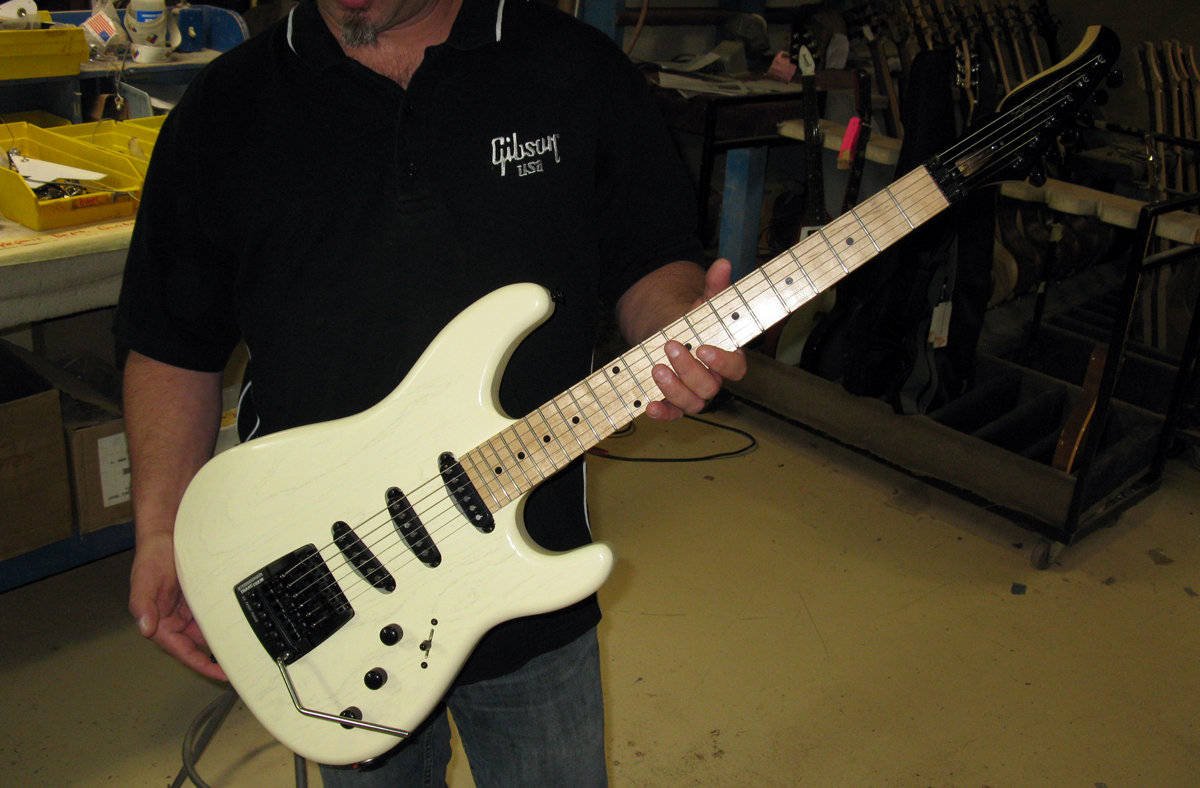
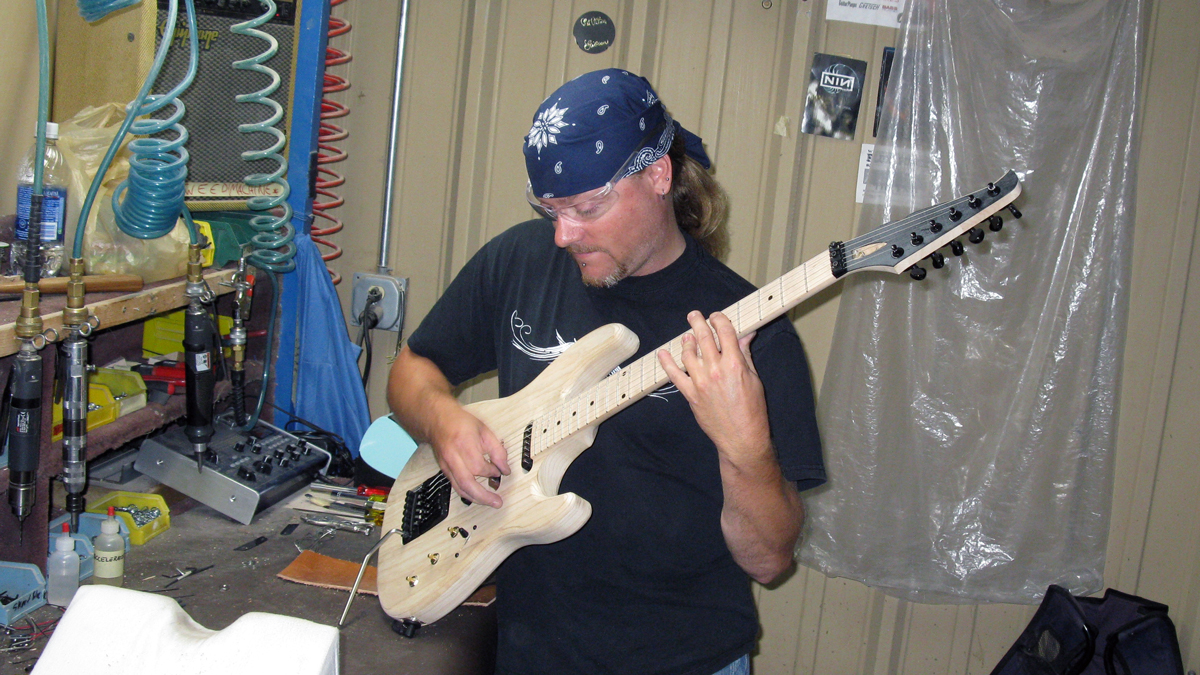
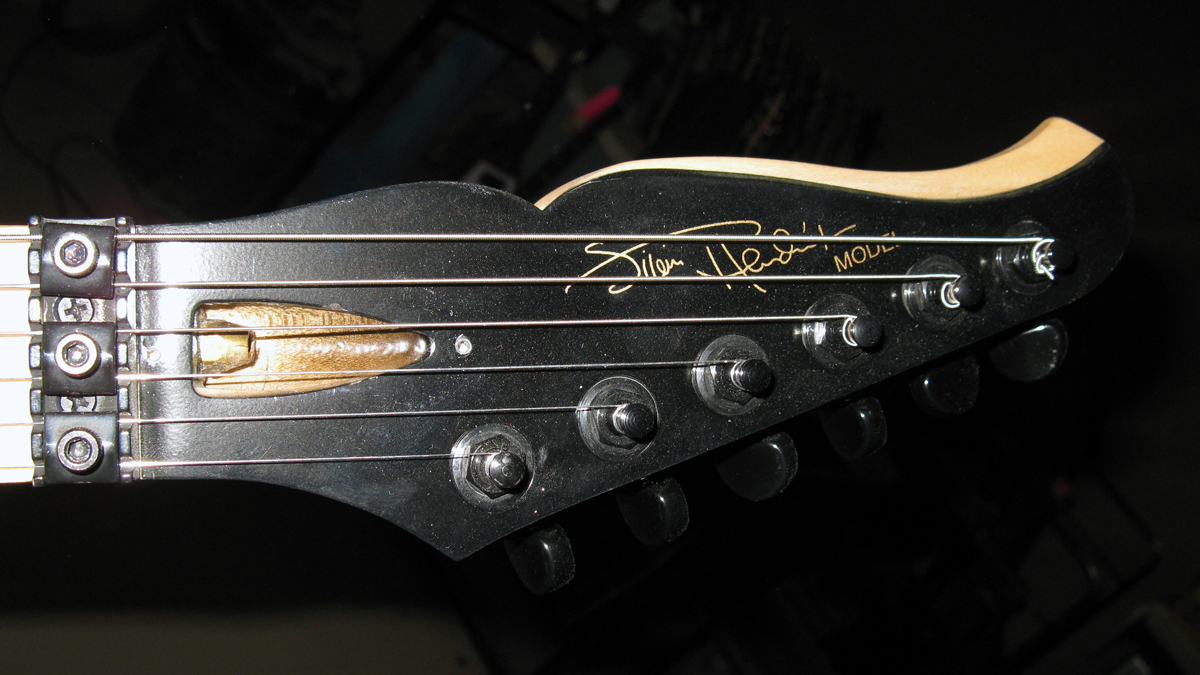
An employee from a Canadian musical instrument retailer was invited on a tour of the Nashville factory all those years ago, and recently got in touch with Guitar World when he realized he had something special sitting on his camera roll: some of the only known photographs of the mythical ‘lost’ Jimi Hendrix signature model.
As you can see from his pictures, the guitar is shaped like a Strat, and naturally, it features three single-coil pickups, but that’s where the similarities end.
First off, the right-handed prototype came with a reverse Firebird-esque headstock with black veneer, ‘Jimi Hendrix model’ branding, and, tellingly, a locking nut (more on that in a mo).
As you can see from photos of the unfinished rear of the guitar, this was a neck-through, rather than bolt-on, design. There was no scratchplate, and the guitar itself featured a natural finish that showed the grain of the ash body.
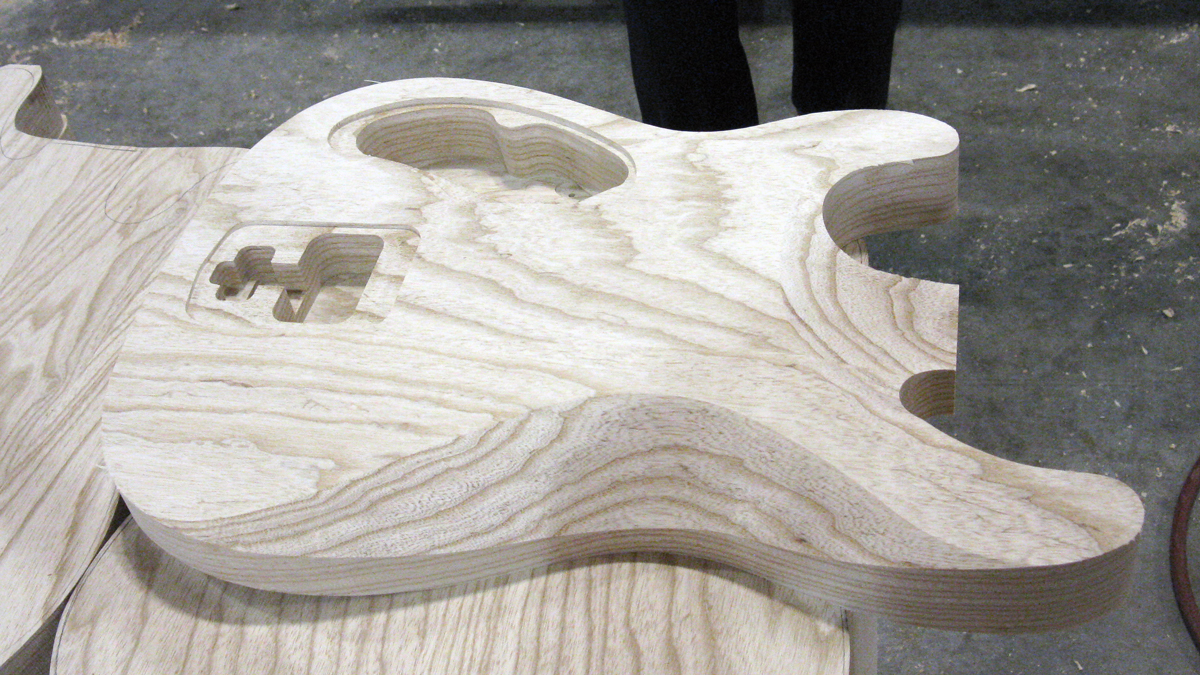
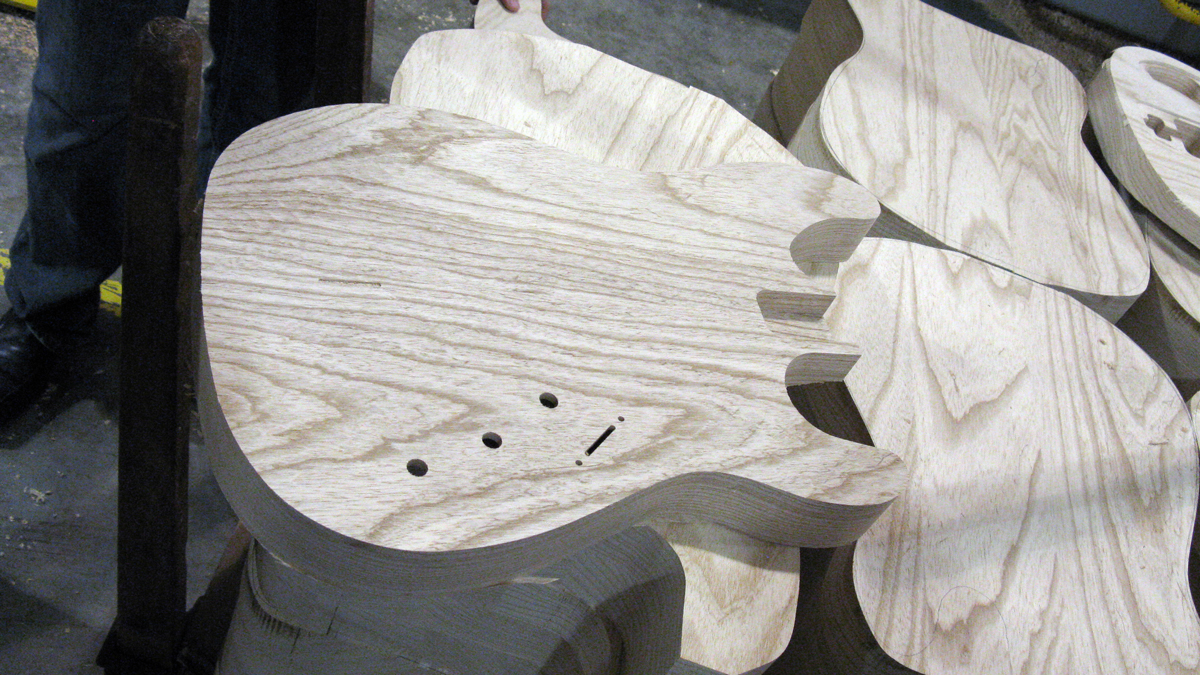
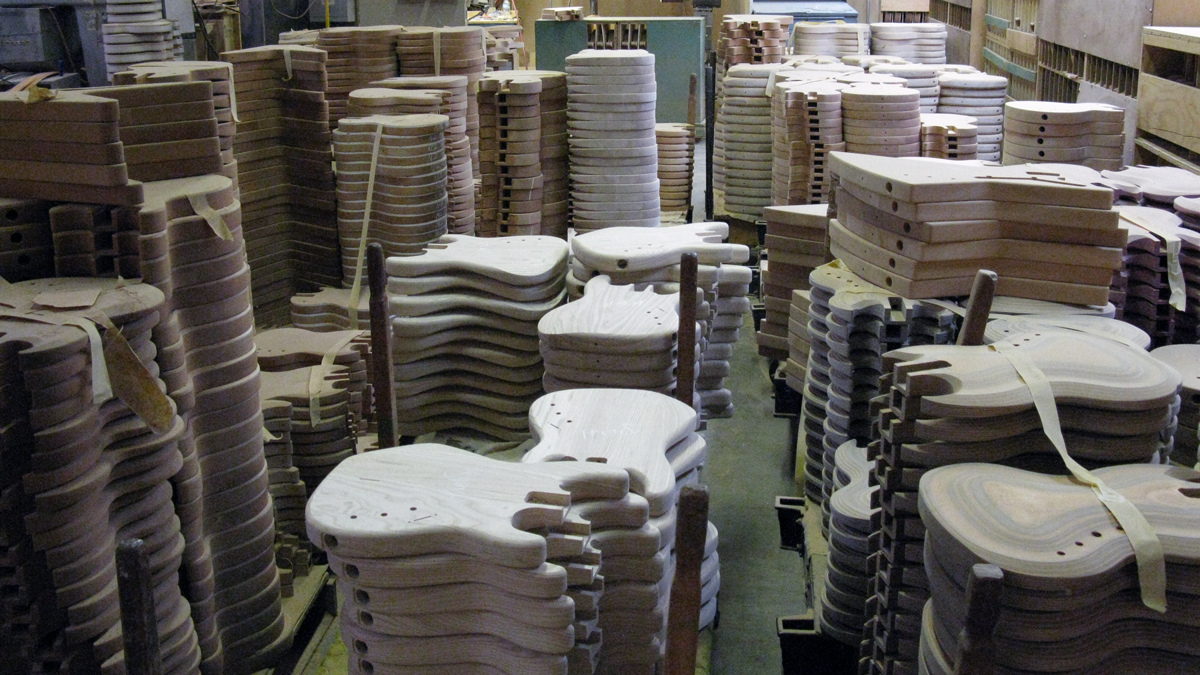
You’ll also note the almighty tremolo rout, which ultimately housed a Steinberger TransTrem on the finished model.
Steinberger is part of Gibson’s family of brands, which explains how the TransTrem hardware ended up on Jimi’s conceptual model. The unit allows entire chords to be shifted entirely in tune, while also offering the ability to raise or lower standard tunings. In theory, it’s a technological advancement on the Strat tremolo, so it’s easy to follow Gibson’s thinking here (although the more widely used Floyd Rose system may have arguably made more sense).
Gibson had hundreds of these bodies lined up for production, but this is likely to be one of very few to have made it to prototype stage, and the first time one of these models has been showcased in such a complete state of assembly.
But it seems these guitars weren’t intended to maintain their relatively barebones aesthetic for long. In 2020, keen-eyed Gibson historian Trogly tracked down a purple-lined Gibson Jimi Hendrix hardcase, acquired following a Gibson stock clearance and designed to fit the very model you see above.
As an added bonus, he shared images of what the final product was intended to look like, acquired via another anonymous source.
According to these mocked-up designs, the finished guitar would feature a depiction of a mountain – potentially Mt. Rainier, sited near Hendrix’s birthplace of Seattle.
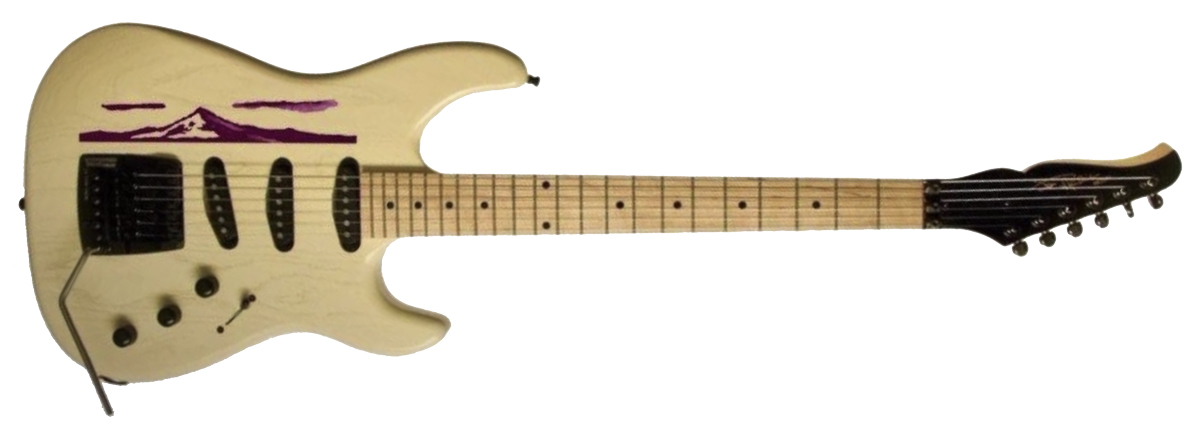
The rear of the headstock, meanwhile, would display the Gibson and Authentic Hendrix logos, while the back of the body would boast decorated cavity covers: a watercolor illustration of a mountain for the electronics, and the lyrics to Voodoo Child (Slight Return) on the tremolo cover. All of which points towards Gibson naming this model the Voodoo Child.
The trail ends there… for now. We know that Gibson definitely made at least one of these guitars, but as for whether any of them will surface, well, only time will tell.
At least we can sleep easy knowing that Gibson – now under the watchful eye of new CEO James “JC” Curleigh – knows what it’s doing when it comes to Jimi Hendrix these days: those replicas of Jimi’s own Gibsons, a Flying V and triple-pickup SG Custom, were finally launched last year to sighs of relief, and universally positive feedback.
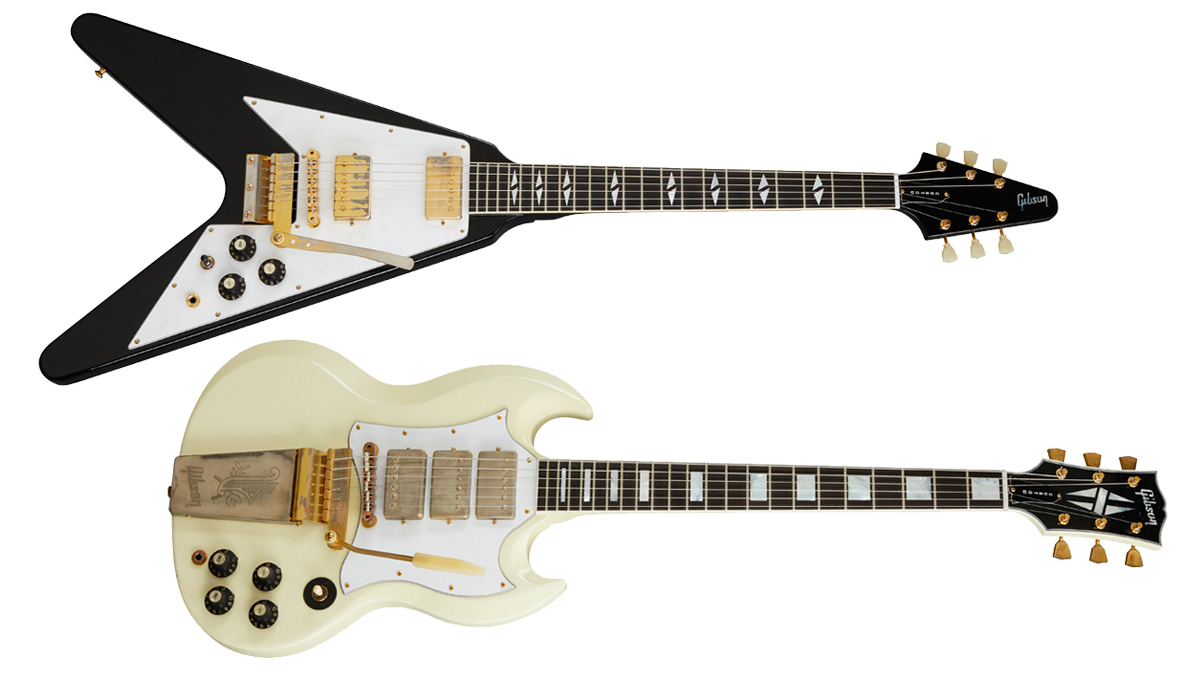

Mike is Editor-in-Chief of GuitarWorld.com, in addition to being an offset fiend and recovering pedal addict. He has a master's degree in journalism from Cardiff University, and over a decade's experience writing and editing for guitar publications including MusicRadar, Total Guitar and Guitarist, as well as 20 years of recording and live experience in original and function bands. During his career, he has interviewed the likes of John Frusciante, Chris Cornell, Tom Morello, Matt Bellamy, Kirk Hammett, Jerry Cantrell, Joe Satriani, Tom DeLonge, Ed O'Brien, Polyphia, Tosin Abasi, Yvette Young and many more. In his free time, you'll find him making progressive instrumental rock under the nom de plume Maebe.
“It holds its own purely as a playable guitar. It’s really cool for the traveling musician – you can bring it on a flight and it fits beneath the seat”: Why Steve Stevens put his name to a foldable guitar
“Finely tuned instruments with effortless playability and one of the best vibratos there is”: PRS Standard 24 Satin and S2 Standard 24 Satin review











